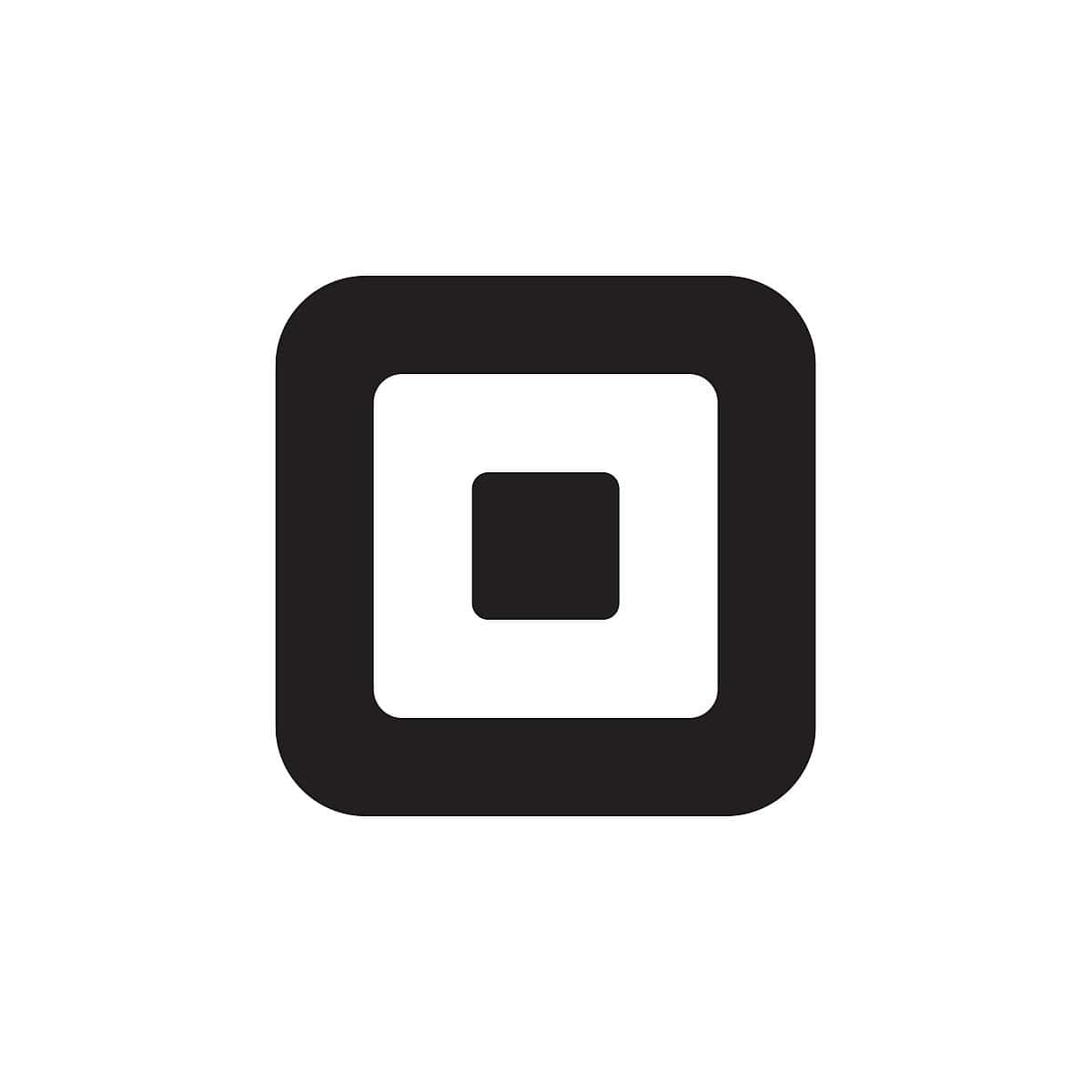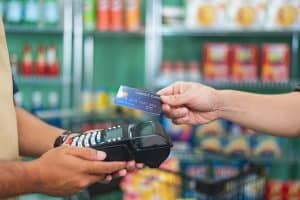Customers are starting to expect retail stores to offer BOPIS options, so are you ready to implement Buy Online, Pickup In Store at your small business?
Our content reflects the editorial opinions of our experts. While our site makes money through
referral partnerships, we only partner with companies that meet our standards for quality, as outlined in our independent
rating and scoring system.
BOPIS — or “Buy Online, Pick Up In Store” — bridges the gap between online and in-person shopping. Customers get the speed and convenience of ordering online, while retailers save on shipping and bring more foot traffic into their stores.
If you’re exploring omnichannel retail for your business, offering BOPIS can be a smart first step. It does take some setup — like the right software and trained staff — but the payoff in customer satisfaction and sales can be well worth it.
What Is BOPIS?
BOPIS means exactly what it sounds like: customers buy products online and pick them up at a physical store.
It’s become a go-to shopping method for today’s consumers, who want both convenience and instant gratification. There’s no waiting for delivery, no shipping costs, and no uncertainty about stock levels.
To offer BOPIS successfully, retailers typically need an omnichannel POS system that syncs online and in-store inventory in real time. (If you’re still choosing one, check out our list of the best retail POS systems.)
How Does BOPIS Work For Retailers?
There’s more than one way to offer BOPIS, and the best approach depends on your store layout and staffing.
Some retailers set up a designated pickup area inside the store, while others add curbside pickup for faster service. Customers simply place their order online, park in a marked spot, and an employee brings the purchase directly to their car.
No matter which model you choose, the key is simplicity. A confusing or slow process can turn customers away, so make sure your setup is easy for both staff and shoppers to navigate.
Implementing BOPIS
To make BOPIS work, you’ll need the right combination of software, staff, and space. Here’s what every retailer should have in place:
| BOPIS Element |
What You Need |
| eCommerce Website |
A website or app with “In-Store Pickup” or “Curbside Pickup” options |
| Omnichannel POS System |
A POS that syncs online and in-store sales in real time |
| Inventory Software |
Real-time tracking that updates online stock automatically |
| Marketing Tools |
Email or social campaigns to promote your new pickup option |
| Dedicated Space |
A spot to store prepared BOPIS orders until pickup |
| Trained Staff |
Employees assigned to fulfill and hand off orders within 1 – 2 hours |
Once these basics are in place, map out your internal workflow — from how orders are flagged to how customers are notified — and train your team accordingly. Smooth internal systems make the customer experience seamless.
POS & eCommerce Platforms That Support BOPIS
Several popular POS and eCommerce systems already have BOPIS tools built in or available through integrations:
- Square: Offers free POS software and a built-in online store (Square Online) with in-store and curbside pickup options.
- Lightspeed Retail: Includes robust inventory tracking and omnichannel capabilities. The Core plan adds Lightspeed eCom for BOPIS functionality.
- Shopify: Combines POS and eCommerce in one platform. Adding Shopify Pro unlocks omnichannel tools like BOPIS.
- BigCommerce: Works with many POS systems and supports BOPIS through various extensions.
- WooCommerce: Offers built-in BOPIS functionality for single-location stores and integrates with multiple POS options.
What BOPIS Means For Your Customers
There are several reasons customers may prefer Buy Online, Pick Up In Store (BOPIS) over traditional shipping or in-person shopping:
- Save on shipping: BOPIS eliminates delivery costs and avoids common shipping hassles like delays, lost packages, or incorrect orders.
- Faster fulfillment: Most BOPIS orders are ready the same day, so customers get their items much faster than waiting for delivery.
- Time-saving convenience: Customers can skip browsing aisles or waiting in line. Ordering online and picking up in-store streamlines the entire shopping experience.
- Guaranteed availability: Shoppers know their items are in stock and reserved specifically for them — no wasted trips or out-of-stock surprises.
- Easier returns: Stores can process returns immediately, eliminating the hassle of mailing the item back.
- Safer, contact-minimized shopping: Curbside and in-store pickup options reduce time spent inside the store, making the process safer and more convenient for everyone.
Advantages Of BOPIS For Retailers
BOPIS can boost sales, reduce costs, and improve customer relationships. Here’s how:
- Increase foot traffic: BOPIS brings online shoppers into your physical store, where many make extra purchases.
- Boost customer satisfaction: Shoppers love convenience. Offering BOPIS gives them flexibility and helps your store stand out from competitors who don’t.
- Reduce shipping costs: When customers pick up their own orders, you save on shipping and handling — a win-win for both sides.
- Fewer returns: When shoppers can inspect items before leaving, they’re less likely to make returns, saving you time and reverse logistics costs.
- Prevent abandoned carts: High shipping fees are a top reason shoppers abandon online carts. BOPIS removes that friction by offering a fast, free pickup alternative.
Disadvantages Of BOPIS For Retailers
While BOPIS can drive sales, it also comes with added costs and operational challenges that retailers need to plan for.
BOPIS Software Costs
Running a successful BOPIS program requires several connected systems — eCommerce, POS, inventory, and marketing software that all work together to sync orders and update customers in real time.
You’ll typically pay monthly fees for these tools, though some providers bundle everything into one platform. For example, Square offers free online ordering with curbside and in-store pickup, along with automated text notifications when orders are ready.
You can reduce costs by choosing all-in-one retail POS systems or free eCommerce software with built-in BOPIS functionality, rather than piecing together separate systems.
Infrastructure & Staffing Costs
Beyond software, BOPIS depends on having a physical storefront where customers can collect their orders. Rent, utilities, and dedicated pickup space all add to your overhead.
Labor is another challenge. Staff must handle both in-store customers and online order fulfillment. If your team is already stretched thin, you may need to hire additional employees to meet pickup expectations and maintain service quality.
Should You Implement BOPIS?
While BOPIS requires an upfront investment in both software and store operations, the long-term benefits typically outweigh the costs.
BOPIS can boost sales, reduce shipping expenses, and improve customer satisfaction — all while driving more foot traffic to your physical store.
Most importantly, customers increasingly expect the option to buy online and pick up in-store. If you don’t offer it, your competitors probably will.










